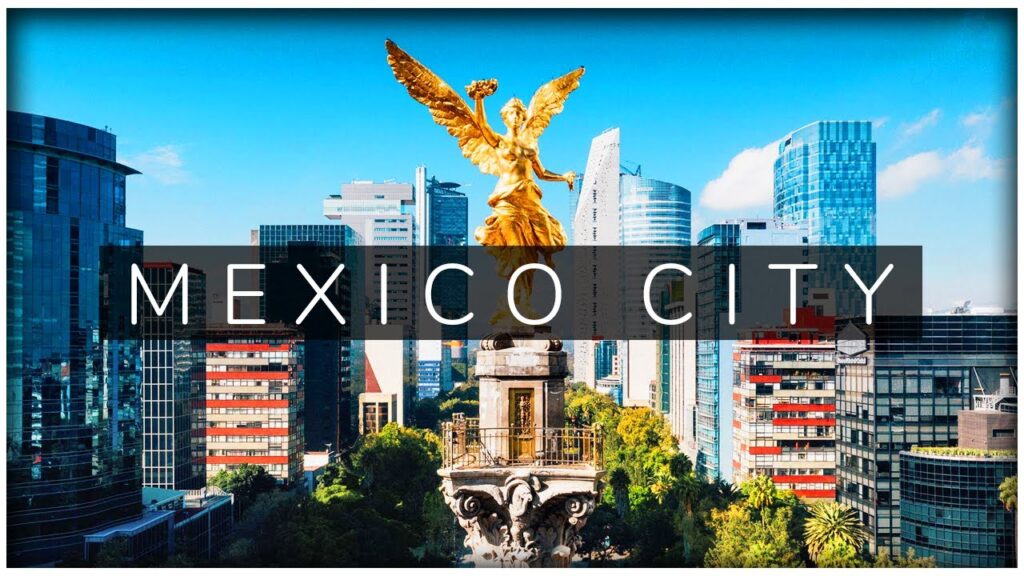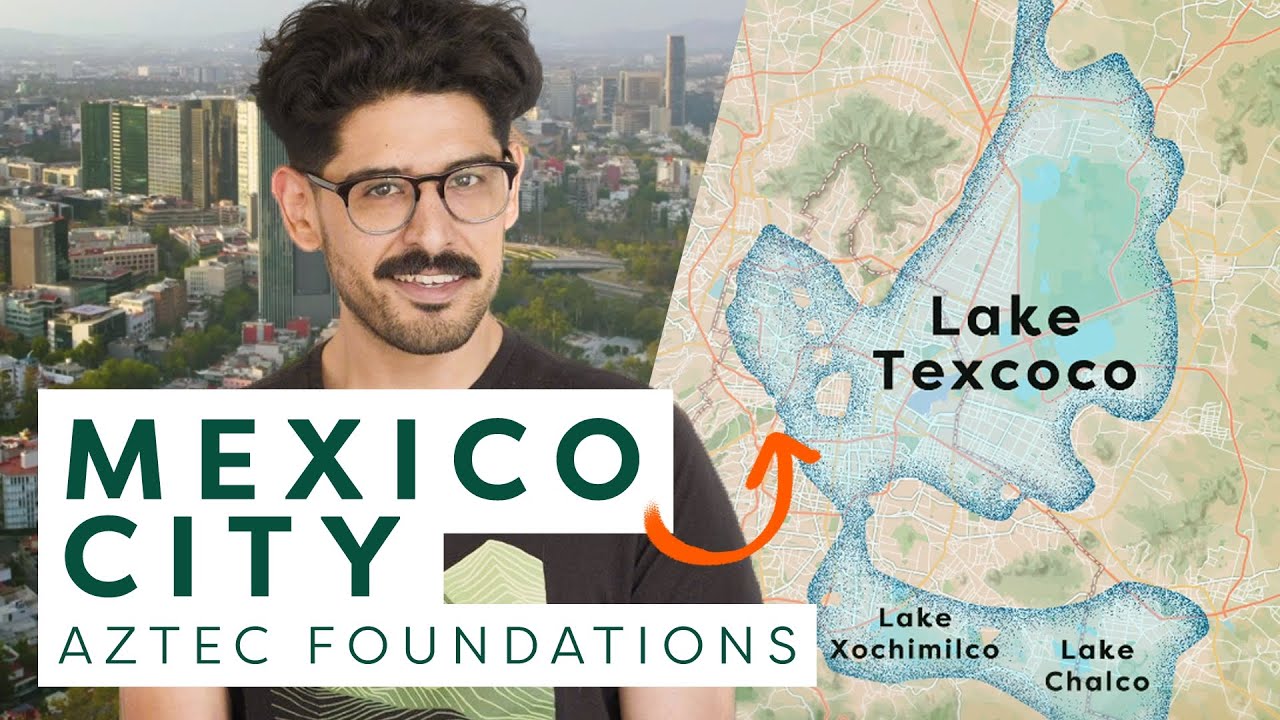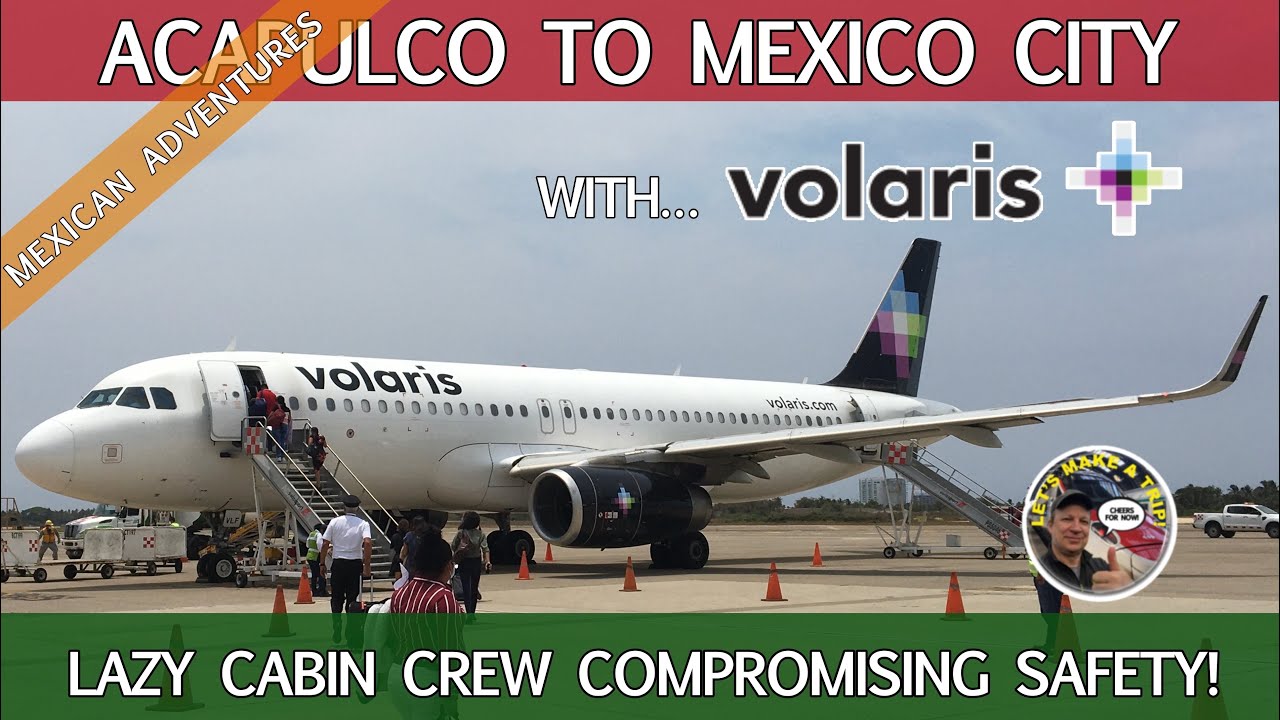Exploring the Largest City in Mexico
Mexico City, the largest city in the country and one of the most vibrant urban centers in the world, offers a unique combination of contemporary urban culture and historical magnificence. This sprawling metropolis is not just the political capital of Mexico; it’s a cultural and culinary hub, rich in traditions and modernity. Exploring Mexico City is an adventure in itself, with each neighborhood offering its own distinct flavor and history.
The city’s heart, the Centro Histórico, is a UNESCO World Heritage site filled with stunning architecture and significant landmarks. The Zócalo, one of the largest city squares in the world, the majestic Metropolitan Cathedral, and the ancient Aztec ruins of Templo Mayor, showcase the layers of history that have shaped this city. Visitors can spend hours wandering through the historic streets, discovering hidden gems and experiencing the bustling energy of the capital.
For art lovers, Mexico City is a treasure trove. The Frida Kahlo Museum, located in the iconic Casa Azul in Coyoacán, offers intimate insights into the life and works of one of Mexico’s most famous artists. Meanwhile, the Palacio de Bellas Artes and the Museo Nacional de Arte house some of the country’s most important art collections. Public art is also a significant feature of the cityscape, with murals by Diego Rivera and other Mexican artists adorning public buildings, telling the stories of the nation’s history and cultural identity.
Mexico City’s culinary scene is as diverse as its neighborhoods. From the street food stalls in La Condesa offering tacos and tlacoyos to the gourmet dining experiences in Polanco, there’s something to satisfy every palate. The city is famous for its unique dishes, such as chiles en nogada and tacos al pastor, which are a must-try for any visitor. Exploring the local markets, like La Merced and San Juan, provides an authentic taste of Mexico’s rich culinary traditions and the abundance of fresh, local ingredients.
Unveiling Mexico City: A Goliath Among Cities
Mexico City stands as a monumental testament to the rich tapestry of history, culture, and modernity that mesmerizes visitors from around the globe. With its sprawling urban landscape, the city is a colossal entity, boasting an array of architectural marvels, from ancient Aztec ruins to contemporary skyscrapers. This dynamic metropolis, with its population of over 21 million, vibrates with an energy that is both exhilarating and overwhelming, offering an unparalleled urban exploration experience.
At the heart of Mexico City lies the expansive Zocalo, one of the world’s largest city squares, surrounded by historic buildings such as the majestic Metropolitan Cathedral and the National Palace. This historic center, a UNESCO World Heritage site, serves as a living museum where visitors can walk through centuries of Mexican history within a few blocks. The juxtaposition of the old and the new is a recurring theme that fascinates those who wander its streets.
Art and culture flourish in every corner of the city, from the murals of Diego Rivera that adorn public buildings to an impressive array of museums that cater to every interest. The Frida Kahlo Museum, housed in the iconic Casa Azul in Coyoacan, offers a glimpse into the life of one of Mexico’s most enigmatic artists, while the National Museum of Anthropology showcases the vast richness of Mexico’s pre-Columbian heritage.
Mexico City’s culinary scene is as diverse as its people. Street food stalls serving tacos, tamales, and quesadillas coexist with gourmet restaurants offering innovative Mexican cuisine, making the city a gastronomic paradise. The fusion of indigenous and European influences has resulted in a unique culinary culture that is both ancient and modern, simple and sophisticated.
Exploring the contrasting neighborhoods of Mexico City reveals the many faces of this urban colossus. From the fashionable streets of Polanco to the bohemian charm of La Condesa and Roma, each district offers a different flavor and rhythm. The city’s extensive public transportation system, including the Metro and Metrobus, makes navigating this vast city both convenient and affordable, inviting adventurers to discover its endless treasures and unlock the mysteries of this goliath among cities.
The Scale of Mexico City: A Comparative Perspective
Mexico City, the sprawling capital of Mexico, is a colossal metropolis that is often described as a city of superlatives. Its immense scale is not only a source of amazement but also offers a unique perspective when compared to other major cities around the globe. This comparative lens helps to highlight the sheer vastness and the dynamic urban environment of Mexico City, informing both its residents and visitors about the distinctive characteristics that make it an unparalleled destination for travel and adventure.
Mexico City vs. New York City: Often, New York City is hailed as one of the most populous and bustling cities in the United States. However, when compared to Mexico City, the latter dwarfs New York in both size and population. With approximately 9 million residents in New York City, Mexico City’s population exceeds 21 million, making it one of the largest urban centers in the world. This massive population contributes to the city’s vibrant life, cultural diversity, and an endless array of activities, from museum visits to gourmet dining experiences.
Green Spaces and Public Parks: Unlike the concrete jungle stereotype of many large cities, Mexico City is surprisingly green. For instance, Chapultepec Park, one of the largest city parks in the Western Hemisphere, is significantly larger than Central Park in New York City. This expansive green space in the heart of Mexico City is just one example of how the city balances its urban sprawl with areas dedicated to nature and recreation, offering residents and visitors alike a respite from the urban hustle and bustle.
Historical and Cultural Richness: When considering the historical layers and cultural richness, Mexico City’s scale takes on a different dimension. The city stands on what was once Tenochtitlan, the capital of the Aztec empire. This deep historical foundation is visible through the numerous archaeological sites, colonial architecture, and museums that pepper the city. In this respect, Mexico City offers a more extensive journey through history and culture compared to cities like Los Angeles, which, despite its own diverse cultural offerings, does not have the same depth of historical layers reaching back centuries.
The transportation network of Mexico City is another aspect where its scale becomes evident. Boasting one of the busiest public transportation systems in the world, including the Metro, which is the second largest subway system in North America after New York City’s, Mexico City demonstrates its capability to manage and move its vast population. This network not only facilitates the mobility of millions daily but also connects the diverse neighborhoods and outlying areas, making the exploration of this huge city more accessible to adventurers and residents alike.
Understanding the scale of Mexico City through comparison offers a glimpse into its massive, yet intricately woven tapestry of life. This metropolis, with its unique combination of vastness, cultural depth, green spaces, and efficient transportation, presents itself as a compelling destination for those seeking to immerse themselves in a truly grand urban adventure.
Adventures in Mexico City: A Traveler’s Paradise
Mexico City, the bustling capital of Mexico, is a treasure trove for adventurers and travelers, offering an eclectic mix of history, culture, cuisine, and natural beauty. From the ancient ruins of Teotihuacan to the vibrant streets of Coyoacán, this city caters to all kinds of explorers. Adventure seekers can immerse themselves in the rich tapestry of experiences Mexico City has to offer, starting with a balloon ride over the majestic Pyramids of the Sun and Moon at dawn, weaving through the city’s extensive network of museums by day, and winding down with a tranquil boat ride through the floating gardens of Xochimilco at sunset.
The city’s diverse districts each offer unique adventures. In the historic center, Zócalo, the heart of Mexico City, travelers can marvel at the stunning architecture and the remnants of the Aztec empire. Here, visitors can delve deep into Mexico’s past at the Templo Mayor, or ascend the Latin American Tower for a panoramic view of the vast cityscape. For a taste of local life, the bustling markets, such as La Ciudadela, offer a colorful array of crafts, foods, and souvenirs, making for a perfect adventure in urban exploration and shopping.
Culinary adventurers will find Mexico City to be a paradise of flavors. The city’s gastronomy ranges from street food stalls serving tacos and tamales to upscale restaurants offering traditional dishes with a modern twist. Exploring the culinary landscape is an adventure in its own right, with each neighborhood showcasing its specialty. Whether it’s savoring the unique taste of blue corn tortillas in the South or indulging in a gourmet dining experience in Polanco, the city offers endless opportunities for food enthusiasts to explore and enjoy. Mexico City’s vibrant food scene is truly an invitation to adventure through taste.
Navigating Mexico City: Tips for First-Time Visitors
Mexico City, a sprawling urban heartland with a blend of traditional culture and modern innovation, welcomes unsuspecting adventurers from around the world. However, navigating this vast city can seem daunting for first-time visitors. With its rich history, bustling streets, and vibrant neighborhoods, knowing a few tips can significantly enhance your journey through Mexico City.
Understanding the Transportation System: Mexico City’s public transport is extensive, featuring Metro, Metrobus, and buses, offering a reliable and economical way to explore the city. The Metro is especially convenient for reaching main attractions, but it’s wise to avoid rush hours. For those looking further afield or traveling late at night, secure taxi services or ride-sharing apps like Uber provide a safe alternative. Familiarize yourself with the city’s transport map and consider purchasing a rechargeable card for easier transit.
Exploring the Neighborhoods: Each neighborhood in Mexico City has its unique charm and history. The historic center, “Centro Histórico,” is a UNESCO World Heritage site filled with notable landmarks. “Coyoacán” offers a bohemian atmosphere with its quaint streets and the Frida Kahlo Museum. Meanwhile, “La Condesa” and “Roma” are trendy areas known for their culinary scenes and nightlife. Venturing beyond the most popular areas can reward you with a more authentic experience of the city’s diverse culture.
Staying Safe: While Mexico City has made significant strides in safety, it’s still crucial for travelers to stay vigilant. Avoid displaying expensive items or large amounts of cash in public. It’s recommended to use ATMs within banks or malls during daylight hours. Staying informed about the areas you plan to visit and avoiding less frequented streets at night can further ensure a safe experience.
Embracing the Food Scene: Mexican cuisine, listed as an UNESCO Intangible Cultural Heritage, is a significant highlight. Street food stalls, local markets, and restaurants offer an array of dishes that reflect the country’s diverse culinary heritage. Trying tacos al pastor from a street vendor or enjoying a traditional mole in a restaurant should be on every visitor’s list. However, be mindful of where you eat; sticking to places that are busy with locals is usually a good indication of quality and safety.
Navigating Mexico City requires patience, curiosity, and a willingness to embrace its complexities. With these tips, first-time visitors can look forward to an enriching experience that combines the convenience of modern amenities with the rich tapestry of Mexico’s history and culture. Remember, every corner of this city can unfold new discoveries, making it an ever-rewarding adventure for the intrepid traveler.


